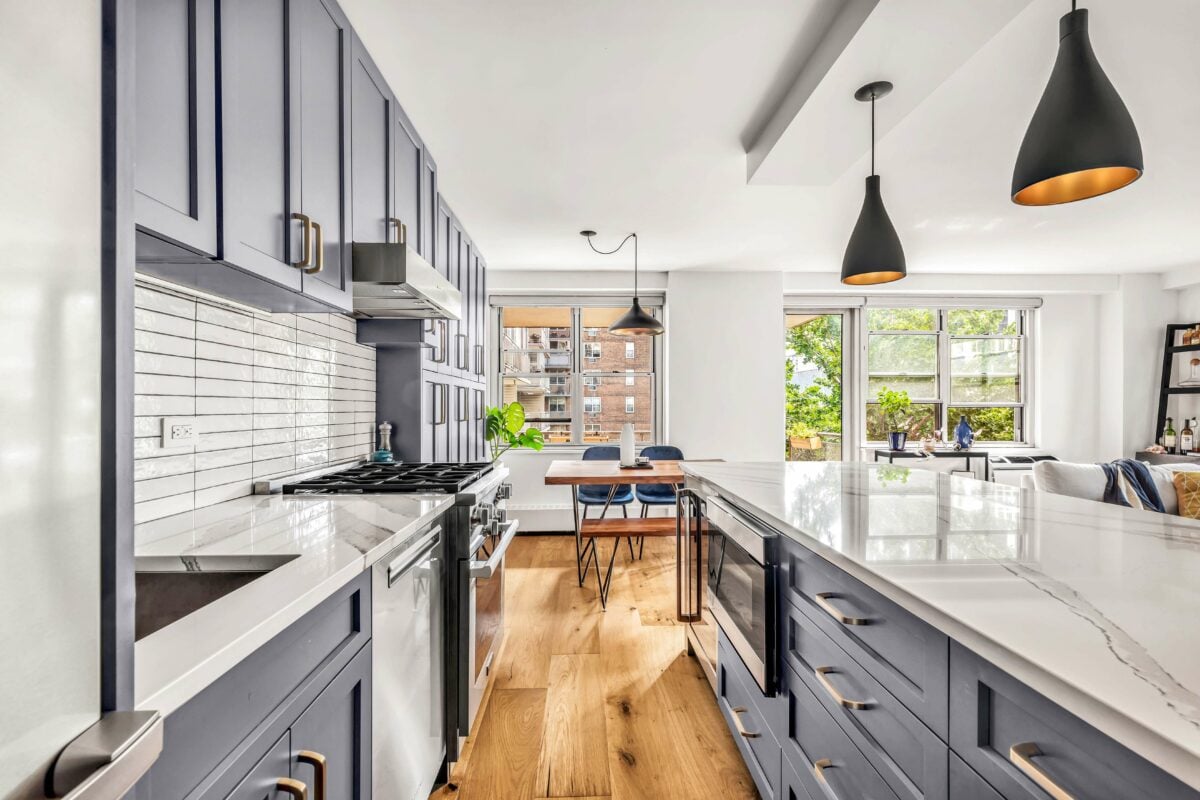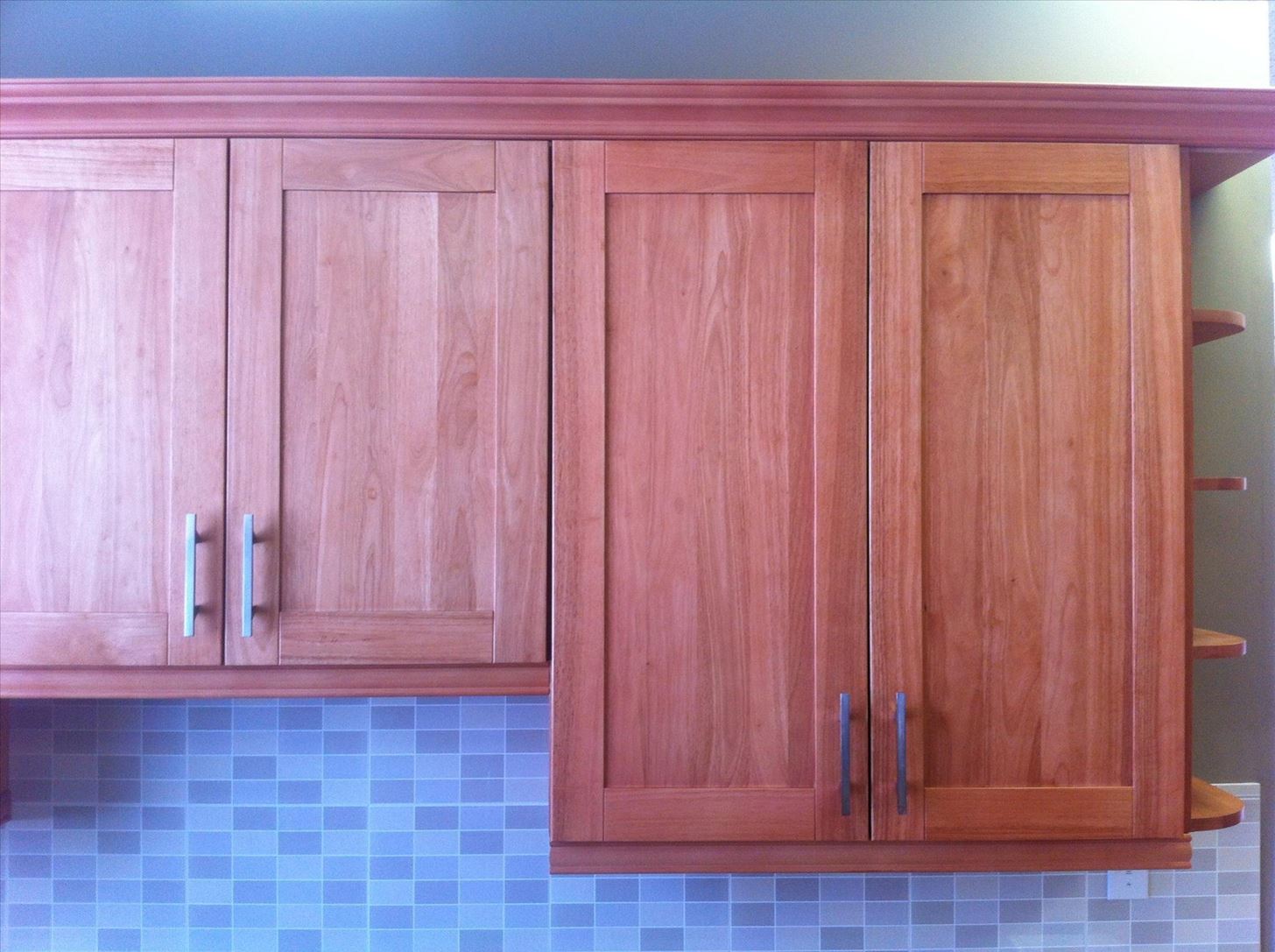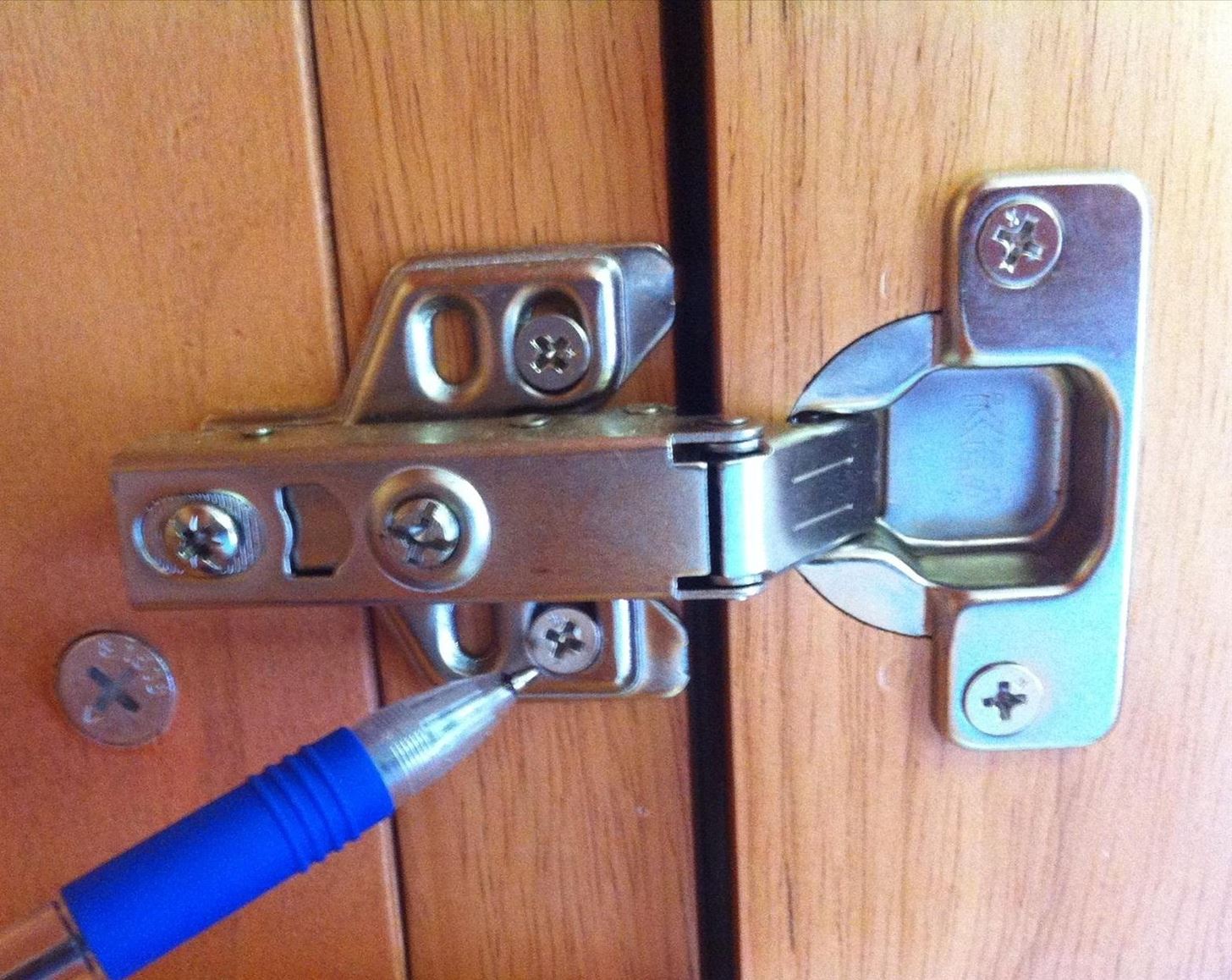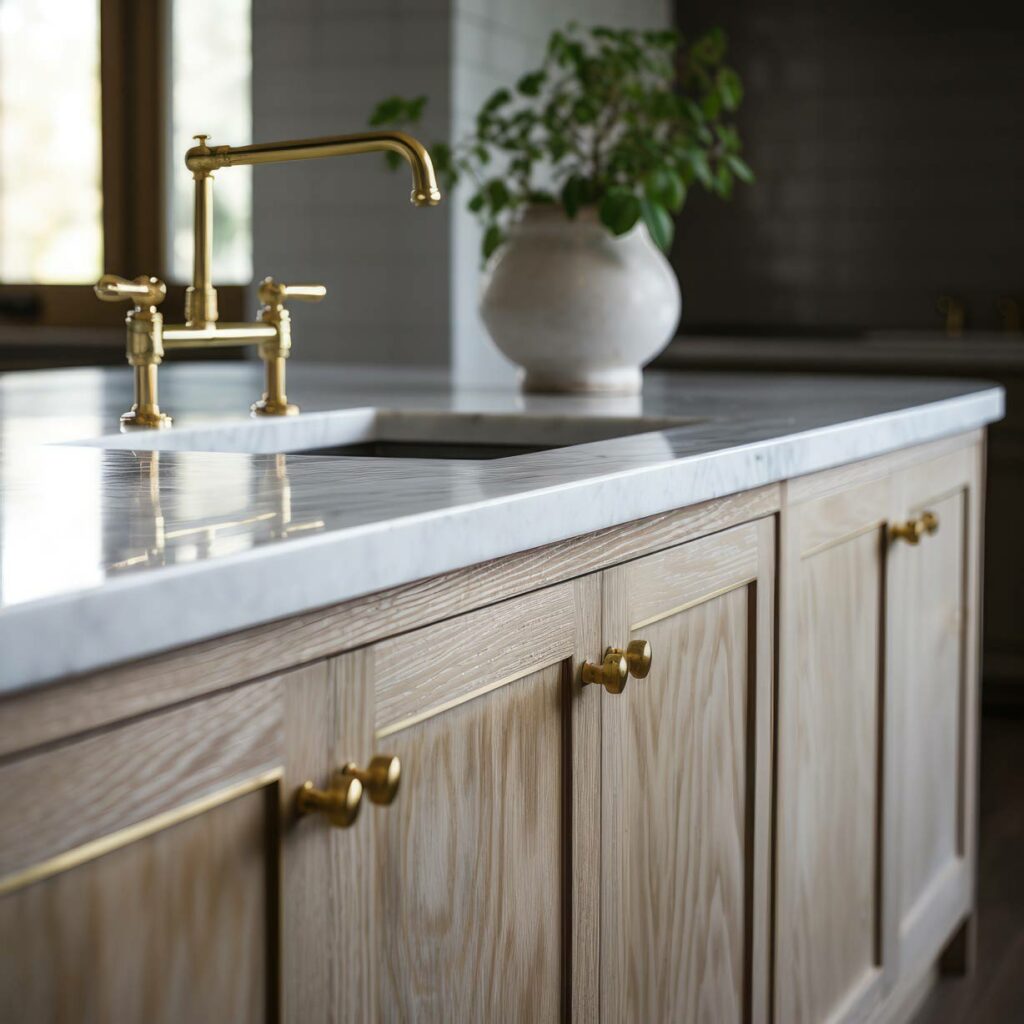Fine-Tuning Perfection: Adjusting Cabinet Doors for a Seamless Fit
Cabinet doors are often the focal point of a kitchen or bathroom, and their alignment can make or break the overall aesthetic appeal of these spaces. A perfectly fitted cabinet door not only enhances visual harmony but also ensures smooth operation and longevity. Whether you’re installing new cabinets or seeking to refresh existing ones, understanding how to adjust cabinet doors for a seamless fit is an invaluable skill. This comprehensive guide delves into the intricacies of door adjustment, covering everything from identifying common issues to step-by-step adjustments for various types of hinges.

Understanding the Basics: Types of Hinges and Their Functions
Before diving into the adjustment process, it’s essential to recognize the different types of cabinet hinges commonly used. Concealed European-style hinges, known for their adjustability and clean appearance, are prevalent in modern cabinetry. Face-frame cabinets typically employ butterfly or variable overlay hinges, whereas frameless (or European-style) cabinets use cup hinges. Understanding the specific hinge type in your cabinet system is the first step towards achieving a flawless fit.
Diagnosing Alignment Issues: Identifying Common Problems
Misaligned cabinet doors often present themselves through gaps, uneven reveals, or binding during opening and closing. Begin by inspecting each door for these telltale signs:
- Gaps: Uneven gaps around the door perimeter may indicate incorrect hinge positioning or door warping.
- Reveal Mismatch: When adjacent doors don’t align evenly at their meeting edges, it’s a reveal mismatch, usually resolved by adjusting door spacing.
- Sagging: Over time, doors can sag due to hinge wear, necessitating an adjustment to restore vertical alignment.

Preparing for Adjustment: Tools and Safety Measures
To tackle door adjustments, gather the necessary tools: a screwdriver set (both flathead and Phillips), a tape measure, a level, and possibly a cabinet hinge adjustment tool for more specialized hinges. Before starting, ensure safety by wearing protective gear like gloves and safety glasses, especially when dealing with older cabinets that may have accumulated dust or splinters.
Adjusting European-Style Hinges: The Three-Dimensional Approach
European hinges offer three primary adjustment options: height (up/down), side-to-side, and in/out (depth). These adjustments are made via screws located on the hinge.
- Height Adjustment: To correct vertical alignment, turn the adjustment screw located at the bottom or top of the hinge arm. Turning clockwise raises the door; counterclockwise lowers it.
- Side-to-Side Correction: If the door needs lateral movement, use the screw located on the side of the hinge arm. Rotate it to shift the door left or right.
- Depth Adjustment (In/Out): For doors protruding too far or sitting too deep into the cabinet, the in/out screw, usually found at the back of the hinge plate, adjusts the door’s projection.

Fine-Tuning Face-Frame Hinges: Precision and Patience
Face-frame cabinets require a slightly different approach, focusing primarily on side-to-side and vertical adjustments. Here, the screws on the hinge leaves control alignment.
- Vertical Adjustment: Locate the adjustment screw at the top or bottom of the hinge leaf. Turning it adjusts the door up or down.
- Horizontal Realignment: Use the screw on the side of the hinge leaf to nudge the door left or right until it aligns perfectly with its neighbor.
Addressing Binding and Sagging Issues
If doors bind when opened or closed, check for interference and make minor adjustments accordingly. Sometimes, a gentle bend in the hinge plate can alleviate the issue. Sagging doors often need a lift from the bottom hinge. Tightening this hinge or adjusting its height screw can restore the door’s original position.
Testing and Iterating for Perfection
After each adjustment, test the door’s operation and alignment, repeating the process as necessary. It’s common to make incremental adjustments, checking progress frequently to avoid overcorrecting. Patience is key; achieving a truly seamless fit often requires a series of small adjustments rather than one drastic change.

Maintaining Alignment Over Time
Once your doors are perfectly aligned, implement regular maintenance checks to prevent future misalignments. Keep hinges lubricated to reduce wear, and promptly address any signs of warping or damage. Over time, seasonal changes can affect wooden doors; slight adjustments during these periods can keep your cabinets looking impeccable year-round.
Sealing and Moisture Control
For wooden cabinet doors, maintaining a consistent moisture level is crucial to prevent warping and swelling. Apply a good quality wood sealer or finish to protect the doors against humidity fluctuations. This is especially important in areas prone to high humidity or rapid temperature changes, like kitchens and bathrooms. Regularly inspect the seals and reapply as needed to ensure continuous protection.
Alignment Tools and Techniques
Utilize specialized tools such as a carpenter’s square, level, and a feeler gauge to precisely measure and correct any misalignments. A cabinet clamp can also be incredibly useful for making adjustments while keeping the door in place, ensuring an accurate and even fix. Understanding the proper use of these tools can significantly enhance the precision of your adjustments.

Adjustable Hinges and Hardware Upgrade
Consider upgrading to adjustable European-style cabinet hinges if your current setup doesn’t allow for easy adjustments. These hinges typically come with built-in mechanisms that allow you to fine-tune vertical, horizontal, and depth alignments without bending hinge plates. Not only do they simplify the adjustment process, but they also provide a long-term solution for maintaining perfect alignment.
Documentation and Tracking
Keep a record of all adjustments made, including the date, type of adjustment, and any parts replaced or added. This documentation can serve as a valuable reference for future maintenance and troubleshooting. It will also help identify patterns or recurring issues that may indicate a more significant underlying problem.
Conclusion: The Art of Perfection in Cabinetry
Mastering the art of adjusting cabinet doors is a testament to your dedication to craftsmanship and attention to detail. A seamlessly fitted cabinet door not only adds value to your home but also brings a sense of satisfaction every time you open or close it. Remember, patience, precision, and the right tools are the cornerstones of success in this endeavor. With practice, adjusting cabinet doors for a flawless fit will become second nature, transforming your space into a showcase of precision and elegance.
